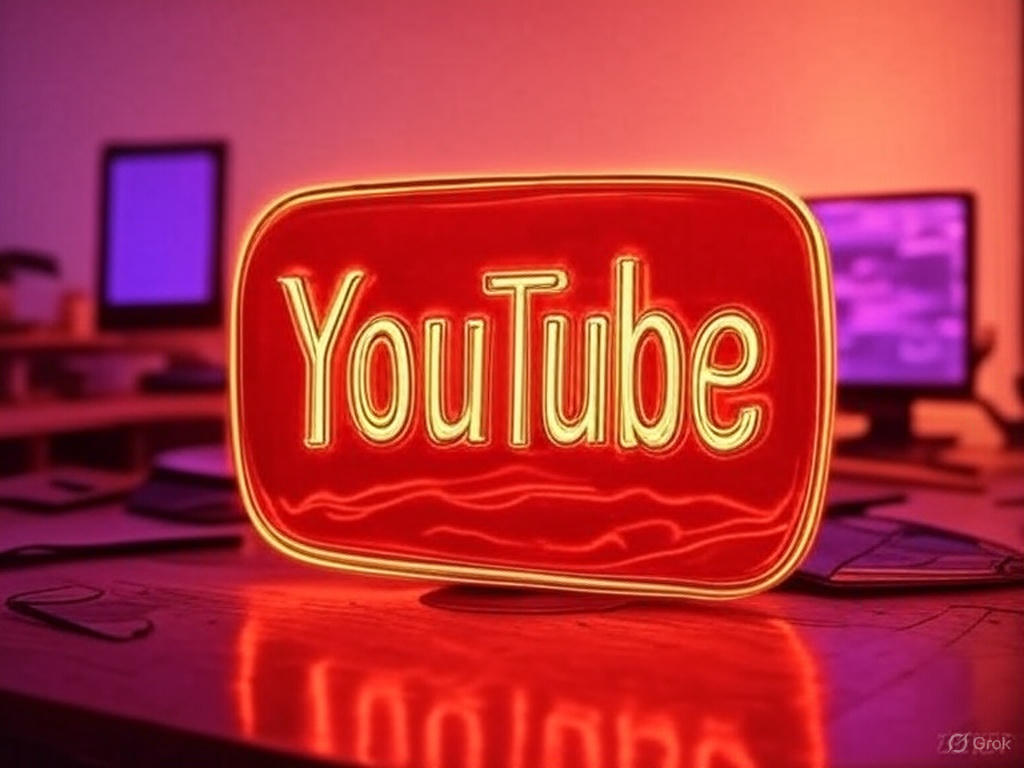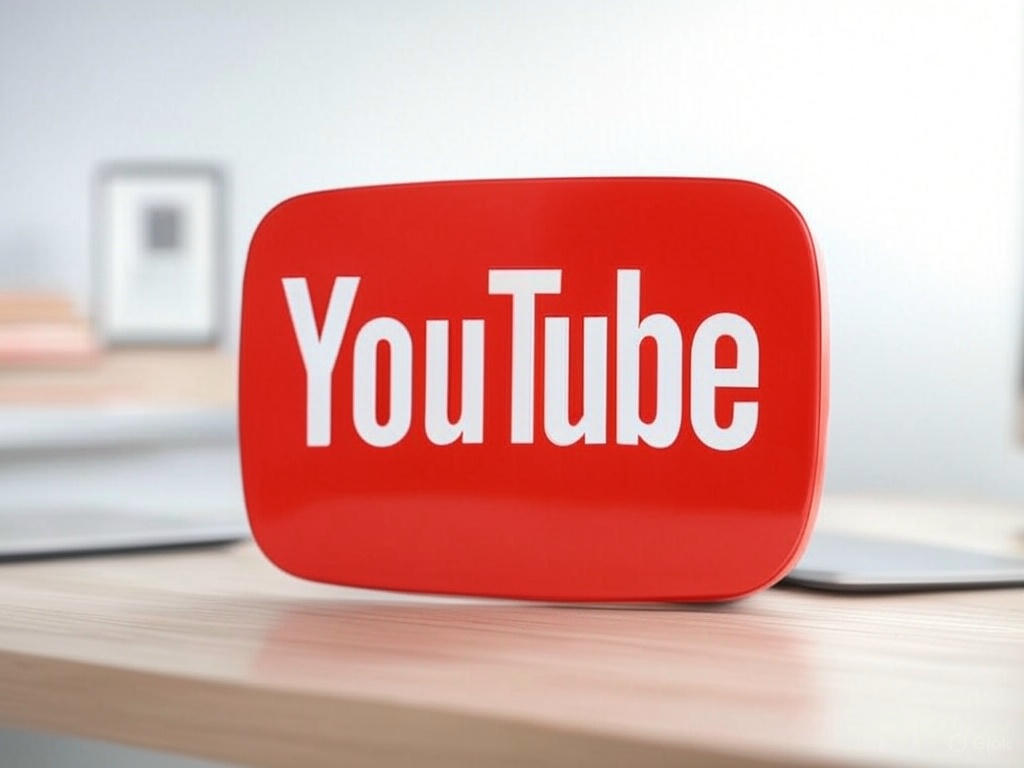Let me guess—you’ve heard your friends talk about Bitcoin, your cousin made some mysterious gains with Ethereum, and now you’re thinking, “Is it too late to get into crypto?” Spoiler alert: Nope. You’re not too late. You’re actually just in time to make smart, informed moves without making the same facepalm-worthy mistakes most newbies do.
In this post, we’re diving headfirst into the wild world of crypto investing. Whether you’re curious, cautious, or ready to throw your entire savings into Dogecoin (please don’t), this guide’s got your back.
1. Understand What You’re Getting Into
Alright, before you even think about investing a dime, let’s pump the brakes. Cryptocurrency isn’t just some magical internet money that goes up, up, up.
Cryptos are digital assets powered by blockchain technology. It’s like the financial version of Hogwarts—fascinating but tricky if you don’t know the spells (or, in this case, the risks).
Pro Tip: Read up on what blockchain is, how crypto wallets work, and why everyone keeps shouting “HODL!” in the comments section.
LSI Keywords: blockchain basics, crypto for beginners, what is cryptocurrency
2. Don’t Invest More Than You Can Afford to Lose
This one’s big. HUGE. Write it down, get it tattooed—whatever works.
Crypto is volatile. One day you’re sipping lattes with your gains, next day you’re crying over ramen noodles. I once invested $200 in a token just because it had a cool name. It tanked 90% in a week. Lesson learned.
Golden Rule: If losing it would ruin your month, don’t invest it.
3. Start Small and Scale Slowly
Beginner mistake #1: Going all in.
Instead of betting the farm, try dipping your toes. Maybe $50 into Bitcoin. $25 into Ethereum. See how you feel when the market does its rollercoaster thing.
Why it works: It builds your emotional muscle. You learn to handle the ups and downs without having a heart attack.
4. Stick to the Blue Chips (at First)
Sure, that new altcoin your Telegram buddy mentioned might 100x… or it might vanish overnight.
Start with established cryptocurrencies like:
- Bitcoin (BTC) – The OG.
- Ethereum (ETH) – The smart contract king.
- Solana (SOL) – Fast, efficient, and backed by real devs.
These have been battle-tested and are less likely to rug pull you.
5. Use Reputable Platforms Only
Sketchy exchanges are like those back-alley street vendors selling “real” Ray-Bans. Looks tempting, but it’ll bite you.
Stick to platforms like:
- Coinbase
- Binance
- Kraken
- Gemini
Extra Tip: Always enable two-factor authentication (2FA). Hackers love lazy logins.

6. Get Yourself a Wallet—Not the Leather Kind
Leaving your crypto on exchanges is like leaving your car keys in the ignition with the door open. Don’t do it.
Use:
- Hot wallets (software wallets like MetaMask or Trust Wallet)
- Cold wallets (hardware wallets like Ledger or Trezor)
I use a Ledger Nano S for long-term holdings. It’s like a Fort Knox for my Bitcoin.
7. Beware the Hype and FOMO
“Elon tweeted. Buy DOGE!”
Yeah… that’s not a strategy.
Crypto Twitter, Reddit, and YouTube are great for insights, but also packed with pump-and-dump hype. If it sounds too good to be true, it usually is.
Ask yourself: “Would I buy this if I hadn’t seen that TikTok video?”
8. Learn Basic Technical Analysis (TA)
No need to become a Wall Street wizard, but understanding charts helps.
Learn terms like:
- Candlesticks
- RSI (Relative Strength Index)
- Support & Resistance
- Moving Averages
It’s like learning to read a weather forecast—you won’t control the storm, but you’ll know when to bring an umbrella.
9. Stay Informed, But Don’t Obsess
Refresh-refresh-refresh. Sound familiar?
I’ve been there—checking prices every 5 minutes. It’s exhausting and, honestly, counterproductive.
Set alerts. Check once or twice a day max. Spend more time learning and less time panicking.
Follow:
- CoinDesk
- CoinTelegraph
- CryptoPanic
- Twitter lists of trusted analysts
10. Think Long-Term (HODL, Baby)
Unless you’re day trading (which, let’s be honest, most newbies shouldn’t), your best bet is to think years—not weeks.
Had you bought $100 worth of Bitcoin in 2015 and held it, you’d be reading this from your private island.
Patience = Profits.
FAQs: Quick Answers for Newbie Investors
Q1: What’s the best crypto for beginners?
Start with Bitcoin and Ethereum. They’re the most stable and widely adopted.
Q2: How much should I invest in crypto?
Only what you can afford to lose—start small, maybe 1-5% of your savings.
Q3: Is crypto safe?
It can be—if you use secure wallets, avoid scams, and stick to legit platforms.
Q4: Do I need to pay taxes on crypto?
Yup. In most countries, crypto gains are taxable. Consult a tax pro or use crypto tax software like Koinly or CoinTracker.
Final Thoughts: Ride the Waves, Don’t Drown in Them
Cryptocurrency investing isn’t a get-rich-quick scheme—it’s a patience game. It’s about learning, experimenting, and being okay with not knowing everything.
Treat your first year like crypto kindergarten. Absorb, test the waters, and build confidence slowly.
By the way, if you found this helpful, drop a comment below or share your biggest crypto question—I reply to every comment!
Ready to dive into crypto with confidence? Bookmark this post, follow trustworthy sources, and remember: even seasoned investors started exactly where you are.
Happy Holding! 🚀
Want more beginner-friendly finance tips? Subscribe to our newsletter and get weekly no-fluff guides delivered straight to your inbox.


















